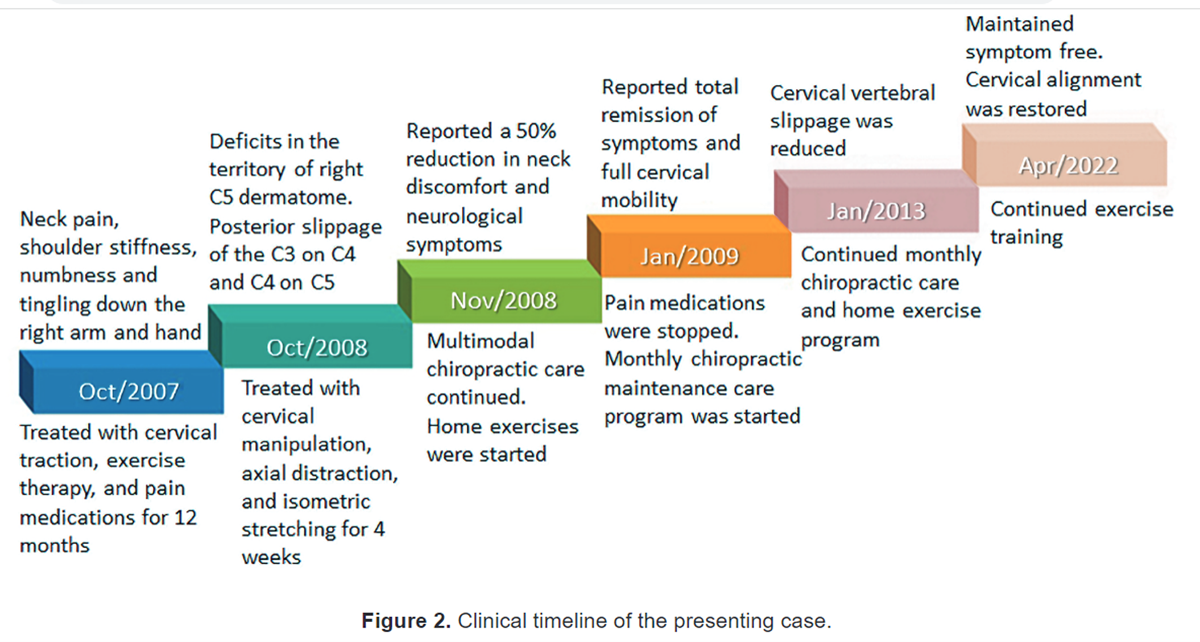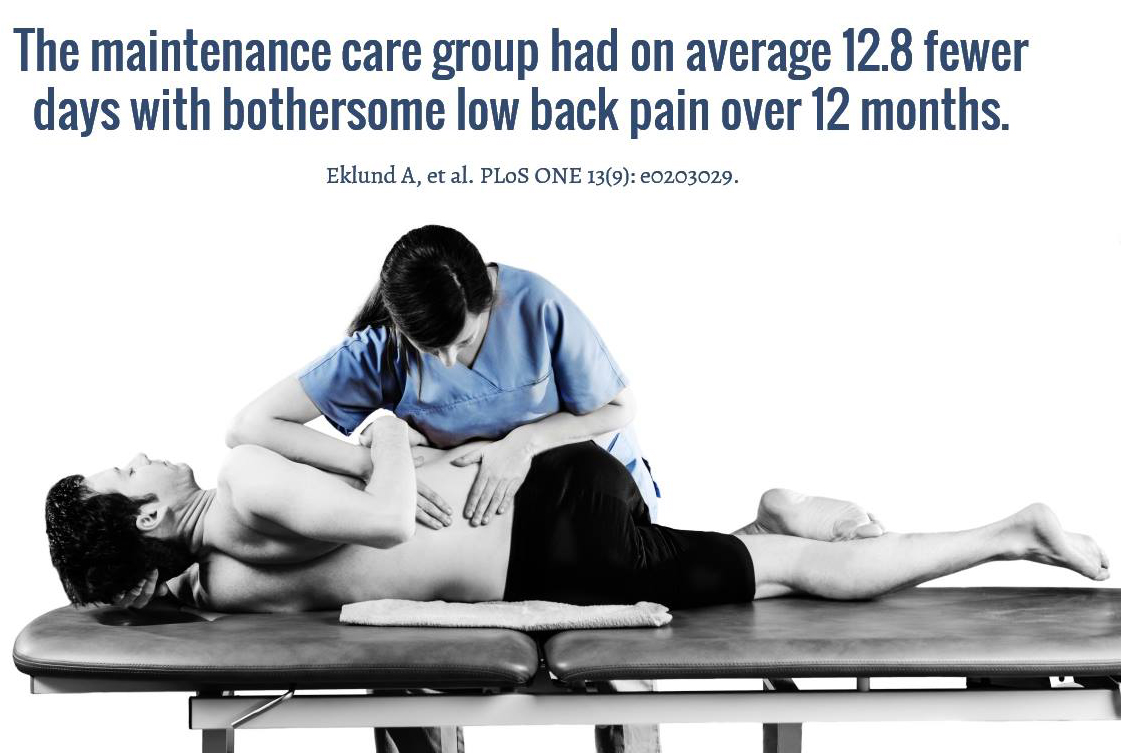Documentation Supporting Chiropractic Maintenance Care
SOURCE: Our Maintenance Care Page
Anthony L. Rosner, Ph.D., LL.D.[Hon.], LLC
As part of a comprehensive geriatric assessment program, the RAND Corporation studied a subpopulation of patients who were under chiropractic care compared to those who were not and found that the individuals under continuing chiropractic care were:
- Free from the use of a nursing home [95.7% vs 80.8%];
- Free from hospitalizations for the past 23 years [73.9% vs 52.4%];
- More likely to report a better health status;
- More likely to exercise vigorously;
- More likely to be mobile in the community [69.6% vs 46.8%].
Recipients of chiropractic care reported better overall health, spent fewer days in hospitals and nursing homes, used fewer prescription drugs, and were more active than the nonchiropractic patients.
Although it is impossible to clearly establish causality, it is clear that continuing chiropractic care is among the attributes of the cohort of patients experiencing substantially fewer costly healthcare interventions. [1]
A second review of a larger cohort of elderly patients across the United States compared direct expenditures [hospital care, physicians’ services, nursing home] between groups of patients who were under maintenance chiropractic care and those who were not.
Nearly a threefold savings of mean annual expenditures was reported as follows:
- $ 3,105 : Maintenance care
- $10,041 : No maintenance care [2]
One study involving elderly populations reviewed the consequences of implementing an on-site industrial chiropractic program which included the early detection, treatment, prevention and occupational management of musculoskeletal injuries 2 days per week.
There are more articles like this @ our:
For the 21 months after implementation of the program, the total number of days of lost time, costs per claim, rate premiums, and especially the number of surgeries decreased dramatically. Cost savings from avoided surgeries alone amounted to $900,000 for these preventive measures. [3]
An additional study recruited 59 adults aged 18-27 from two elite Australian Rules football teams and randomized them into intervention and control groups. The control group was administered standard club, medical, paramedical and sports science management, including medication, surgery, manipulative physical therapy, massage, strength and conditioning, and rehabilitation. The intervention group included all these procedures and added pragmatic chiropractic management, involving manual therapies and/or soft tissue therapies to the spine, pelvis, and lower extremities at a minimum weekly frequency for 6 weeks, then one treatment for every 2 weeks for a 3-month period. The chiropractic intervention resulted in the lower incidence of injuries to the hamstrings, lower limb muscles, and knees with far shorter periods of play missed as well. A lower incidence of overall back pain was also reported. [4]
Again the implications are that there may be considerable potential savings in direct costs spent for medical care with patients who are undergoing continuing chiropractic care on a maintenance basis. When return-to-work and other indirect costs are figured in (as implied in the Coulter study described above1, far greater savings would be expected.
Even more persuasive data of all comes from a recent study [5] of 29 patients with chronic low back pain who were divided into two groups, one receiving 12 treatments within a single month and the other adding to this regimen one treatment every 3 weeks for an extended 9 months (12-14 additional visits).
In terms of disability (as indicated by a modified Oswestry questionnaire), the group receiving the supplementary maintenance treatments continued to improve throughout the entire 10 month period, while the cohort lacking the additional visits reverted to baseline levels within that same period.
This is clearly depicted in the Oswestry scores over a 10-month period as indicated in Figure 1. The authors of this study speculate that repeated chiropractic visits may have been the direct cause for the improvement of disability scores due to
(a) improved trunk mobility, [6]
(b) facilitated release of entrapped synovial folds or relaxation of hypertonic muscle by sudden stretching, [7] or
(c) the disruption of articular or periarticular lesions. [8]
Read the rest of this Full Text article now!





Leave A Comment